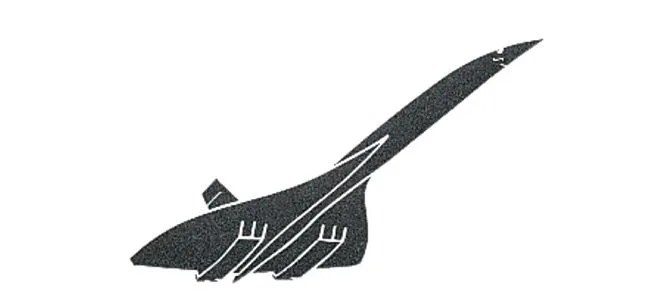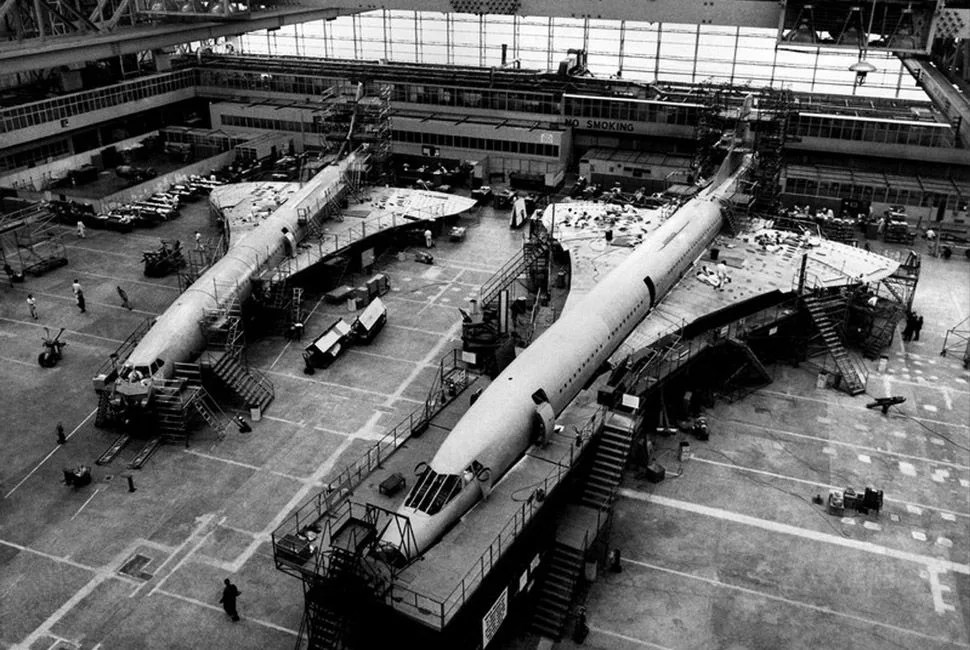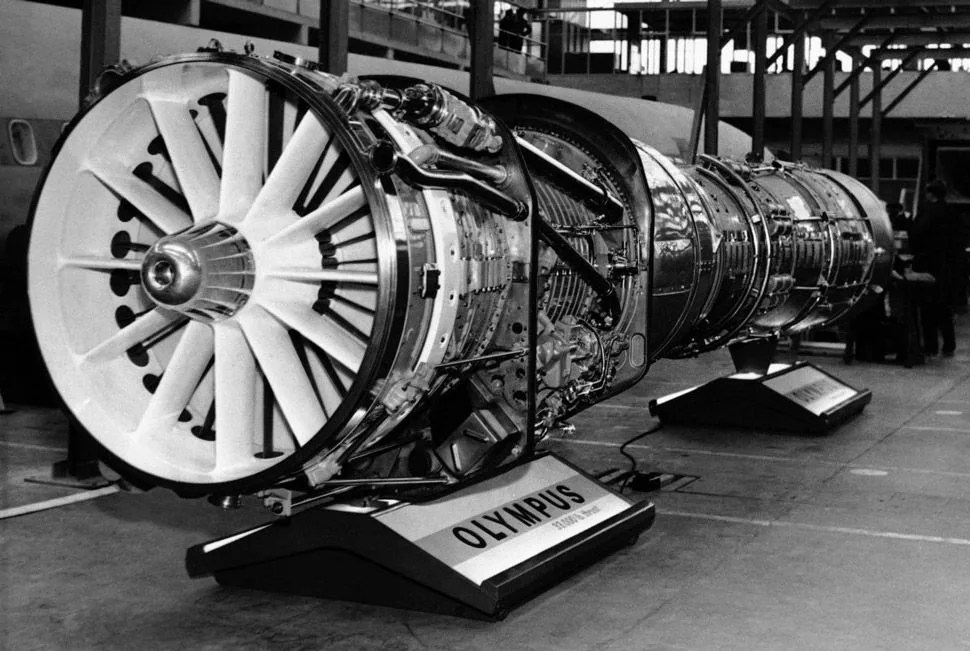18 photos
Forty years ago today, a pair of the fastest viable commercial planes ever made its first flight. The planes took off simultaneously, carrying passengers from London to Bahrain and from Paris to Rio de Janeiro; their passengers traveled faster than customers on a passenger plane ever had. The aircraft were Concordes, manufactured by the British Aircraft Corporation, which at the time sold for £23 million each (£128 million, or nearly $182 million, today). Concorde quickly became the fastest way to travel the globe — dominantly so — flying long-haul routes from British Airways and Air France. The quickest commercial transatlantic flight was aboard a Concorde in 1996, which made the journey from New York to London in just 2 hours and 52 minutes. By comparison, in 2015 a British Airways Boeing 777-200 made one of the fastest crossings in a subsonic jet, getting from New York to London in 5 hours and 16 minutes.
Concorde made flights for a number of carriers, most notably British Airways, for 27 years, and was retired in November of 2003 due to a general downturn in their success following the plane’s only crash (in 2000), the terrorist attacks on September 11, and high maintenance costs exacerbated by discontinued support from the successor of the British Aircraft Corporation. Since then, supersonic passenger jets have ceased to exist, grounded by similar issues.
In the future, however, Concorde could be making a comeback. Last September, a Concorde enthusiast group called Club Concorde expressed interest in purchasing one of the remaining planes and operating a charter service. The club has sought investment, mentioning on their site that they are “proving to potential investors that we as a group could create a less ambitious but commercially viable Concorde project.”

If the effort does gain traction, however, Concorde might be sharing the supersonic skies. Airbus has designed a plane, the Aerion AS2, that will travel at supersonic speeds and carry up to 20 passengers. The plane’s release is slated for 2021. Lockheed Martin (not to be outdone) also has a plan for a supersonic jet that will hold up to 80 passengers. In a classic case of one-upmanship, Airbus recently filed a patent for a passenger jet dubbed “Concorde 2.0.” The patent states that the jet will fly at Mach 4.5 compared to Concorde’s Mach 2. These new jets promise to operate more efficiently than Concorde and will also function more quietly, one of the criticisms of the original jet.
All of this means that the days of cross-ocean travel in the amount of time it takes to watch a few episodes of Mad Men, once, oddly enough, lost to time, will soon be a reality again. One can only hope for a world where normal people could get to London for the Arsenal game, turn around, and be home by dinner.
Photos Courtesy: Jean Dieuzaide, Air France, British Airways, NASA, Citroen and McLaren


















